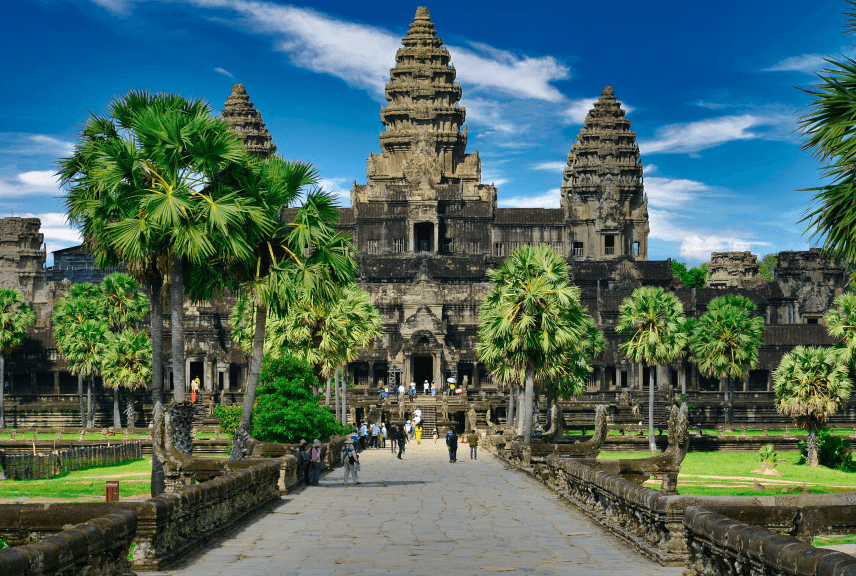Location
Thailand is a Southeast Asian, predominantly Buddhist kingdom almost equidistant between India and China. For centuries known by outsiders as Siam, Thailand has been something of a Southeast Asian migratory, cultural and religious cross-roads. With an area of some 510,000 square kilometres and a population of some 57 million, Thailand is approximately the same size as France. Thailand shares borders with Myanmar to the west and north, Laos to the north-east, Kampuchea to the west, and Malaysia to the south. Geographically speaking, Thailand is divided into six major regions: the mountainous north where elephants work forests and winter temperatures are sufficiently cool to permit cultivation of temperate fruits such as strawberries and peaches; the sprawling north-east plateau, largely bordered by the Mekong River, where the world’s oldest Bronze Age civilisation flourished some 5,000 years ago; the central plain, one of the world’s most fertile rice and fruit-growing areas; the eastern coastal plain, where fine sandy beaches support the growth of summer resorts; western mountains and valleys, suitable for the development of hydro-electric power: and the peninsular south where arresting scenic beauty complements economically vital tin mining, robber cultivation and fishing.
History
Archaeological discoveries around the north- east hamlet of Ban Chiang suggest that the world’s oldest Bronze Age civilisation was flourishing in Thailand some 5,600 years ago. Successive waves of immigrants, including Mons, Khmers and Thais, gradually entered the land mass now known as Thailand, most slowly travelling along fertile river valleys from southern China. By the 11th and 12th centuries, Khmers ruled much of the area from Angkor. By the early 1200s, Thais had established small northern city states in Lanna, Phayao and Sukhothai. In 1238, two Thai chieftains rebelled against Khmer suzerainty and established the first truly independent Thai kingdom in Sukhothai (literally, ‘Dawn of Happiness’). Sukhothai saw the Thais’ gradual expansion throughout the entire Chao Phraya River basin, the establishment of Theravada Buddhism as the paramount Thai religion, the creation of the Thai alphabet and the first expression of nascent Thai art forms, including painting, sculpture, architecture and literature. Sukhothai declined during the 1300s and eventually became a vassal state of Ayutthaya, a dynamic young kingdom further south in the Chao Phraya River valley. Founded in 1350, Ayutthaya remained the Thai capital until 1767 when it was destroyed by Burmese invaders. During Ayutthaya’s 417 years as the capital, under the rule of 33 kings, the Thais brought their distinctive culture to full fruition, totally rid their lands of Khmer presence and fostered contact with Arabian, Indian, Chinese, Japanese and European powers. Ayutthaya’s destruction was as severe a blow to the Thais as the loss of Paris or London would have been to the French or English. However, a Thai revival occurred within a few months and the Burmese were expelled by King Taksin who later made Thon Buri his capital. In 1782, the first king of the present Chakri dynasty, Rama I, established his new capital on the site of a riverside hamlet called Bangkok (Village of Wild Plums). Two Chakri monarchs, Mongkut (Rama IV) who reigned between 1851 and 1868, and his son Chulalongkorn (Rama V, 1868-1910) saved Thailand from western colonization through adroit diplomacy and selective modernization. Today, Thailand is a constitutional monarchy. Since 1932, Thai kings including the present monarch, H.M. King Bhumipol Adulyadej have exercised their legislative powers through a national assembly, their executive powers through a cabinet headed by a prime minister, and their judicial powers through the law courts.







